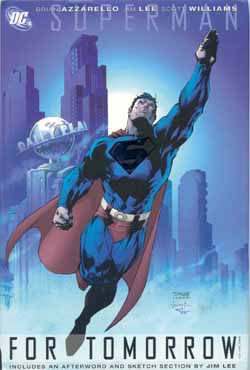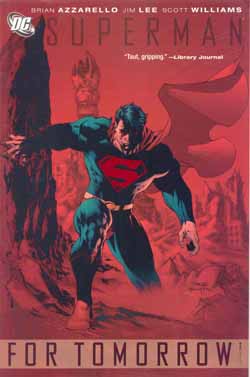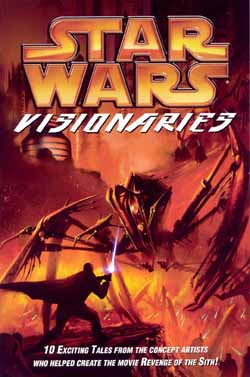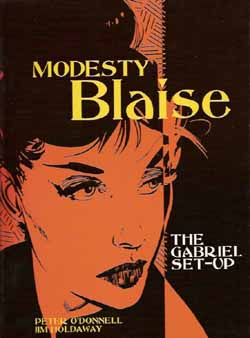 Â
Â
By Peter O’Donnell and Jim Holdaway (Titan Books)
ISBN 1-84023-658-2
Titan Books has re-released new editions of some classic British newspaper strips over the last few years. Amongst these masterpieces are the collected and chronological adventures of Modesty Blaise. The legendary femme fatale crimefighter first appeared in the Evening Standard on May 13th, 1963 and starred in some of the world’s most memorable crime fiction, and all in three panels a day.
This initial volume introduces Modesty and her right hand man Willie Garvin, retired super-criminals who got too rich too young and are now bored out of their brains. Enter Sir Gerald Tarrant, head of a nebulous British spy organization who recruits her by offering her excitement and a chance to get some real evil sods. From that tenuous beginning in ‘La Machine’, the pair begin a helter-skelter thrill ride in the ‘The Long Lever’ and the eponymous ‘Gabriel Set-up’. Also included is ‘In the Beginning’, which was produced in 1966 as an origin and introduction to bring newly subscribing newspapers up to speed on the characters.
Peter O’Donnell and Jim Holdaway (who had previously collaborated on Romeo Jones – a light-hearted adventure strip from the 1950’s and itself well overdue for collection) produced story after story until Holdaway’s tragic early death in 1970. The tales are stylish and engaging spy/crime/thriller fare in the vein of Ian Fleming’s Bond stories (the comic version of which Titan also reprints) and art fans especially should absorb Holdaway’s beautiful crisp line work, with each panel being something of a masterclass in pacing, composition and plain good, old-fashioned drawing.
In an industry where comic themes seem more and more limited and the readership dwindles to a slavish fan base that only wants more and shinier versions of what it’s already had, the beauty of a strip such as Modesty Blaise is not simply the timeless excellence of the stories and the captivating wonder of the illustration, but that material such as this can’t fail to attract a broader readership to the medium. Its content could hold its own against the best offerings of television and film. Sydney Bristow beware – Modesty’s back and she takes no prisoners.
© 2004 Associated Newspapers/Atlantic Syndication.

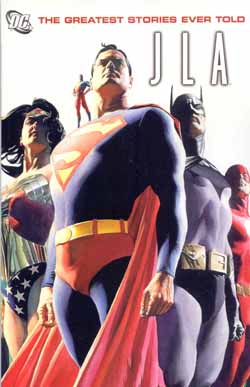 Â
 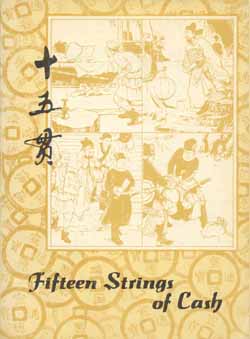 Â
 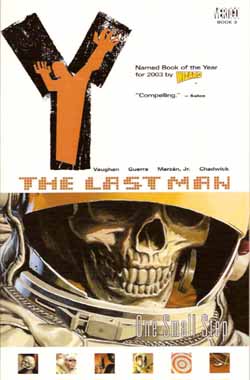
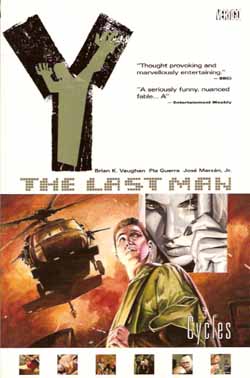 Â
 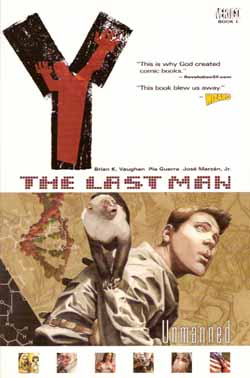 Â
 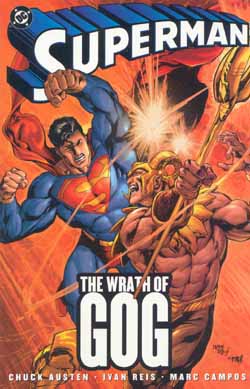
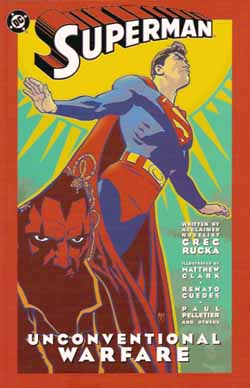 Â
 